I love illustrated children’s reference books. Done well, they feed your child’s curiosity, spark new interests, and get conversations going. We had the opportunity recently to check out two reference books from DK Books, and this is exactly what I mean when I say done well!
Did You Know?
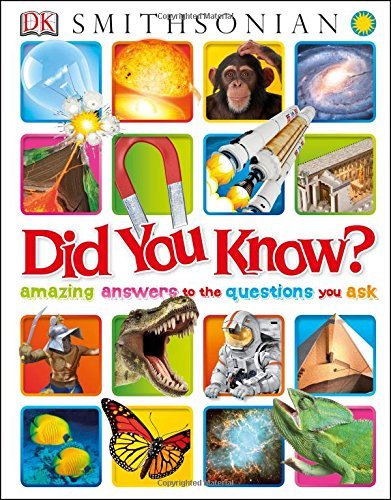 Did You Know? asks important questions like:
Did You Know? asks important questions like:
- How many stars are there?
- What are Saturn’s rings made of?
- How deep is the ocean?
- Why are leaves green?
- What’s the biggest spider?
- Who were the Vikings?
- What was it like to live in a castle?
- Where does electricity come from?
- What is a rainbow?
- How do my eyes work?
- Why do I sneeze?
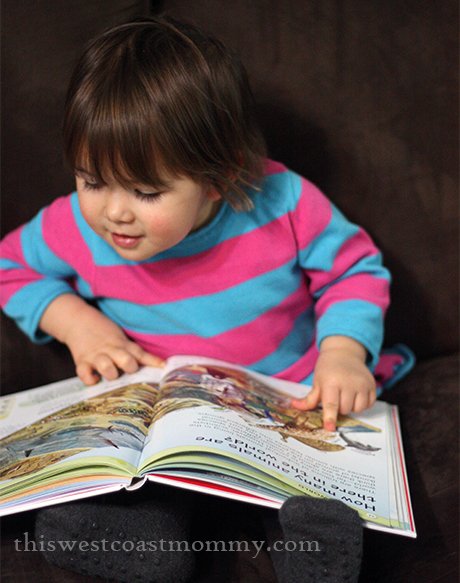
This is Kay’s favourite page because of all the animals. She can name a lot of them now too! I also use this illustration to help teach Tee the six basic animal groups: mammals, birds, reptiles, amphibians, fish, and invertebrates.
Focusing on the topics that children are naturally curious about, like dinosaurs, weather, outer space, and the human body, the 500+ pictures make this book fascinating even for non-readers. Each page features fast facts and a quick quiz to help older kids learn and retain the material.
It Can’t Be True!
Yes, it’s true!
- A pinhead-sized blob of matter from a neutron star is as heavy as three Empire State Buildings.
- The mouth of the Amazon River is nearly as wide as the distance from London to Paris.
- An adult human’s network of blood vessels would circle the world four times.
- The oldest bristlecone pine has lived through all of recorded human history.
- If a man were as strong as an ant, he would be able to lift three cars.
- A 1-TB flash drive could store 1 million 200-age books.
“The biggest planet in the solar system is Jupiter. It has a diameter of 86,888 miles (139,833 km), a circumference of 272,967 miles (439,298 km), and its total volume is 343 trillion cu miles (1,431 trillion cu km).”
All that sounds impressive, right? But what does that actually mean? What if I told you that more than 1,320 Earths would fit inside Jupiter? Wowza – that’s big!
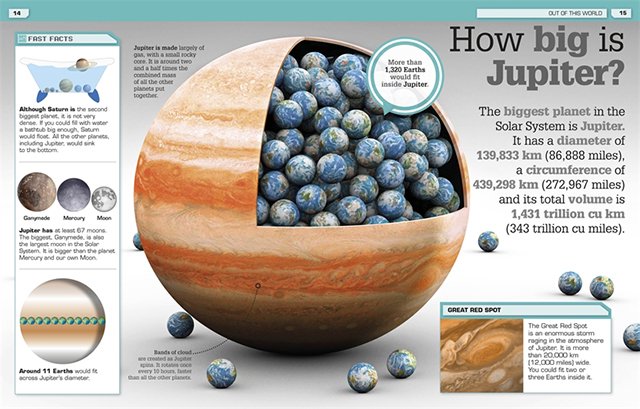
Tee is especially interested in outer space right now, so we’ve been spending a lot of time on that section lately. Other units include the astounding Earth, humans and other life-forms, and feats of engineering.
I love all the comparisons and visuals used to explain the amazing facts in It Can’t Be True! By relating big concepts to things children are already familiar with, they help kids understand better and serve to inspire curiosity and further research.
These and many more quiz books and reference guides are featured in DK’s Q & A Boutique. Visit for 30% off on all question and answer books sure to encourage your child’s curiosity and make learning fun!
Disclosure: I received sample items for review. All opinions expressed are completely honest and my own, based on my personal experience. Your experience may differ. This post contains affiliate links. This West Coast Mommy is a participant in the Amazon.com.ca, Inc. Associates Program, an affiliate advertising program designed to provide a means for sites to earn advertising fees by advertising and linking to Amazon.ca.


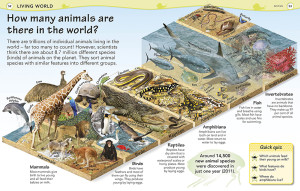
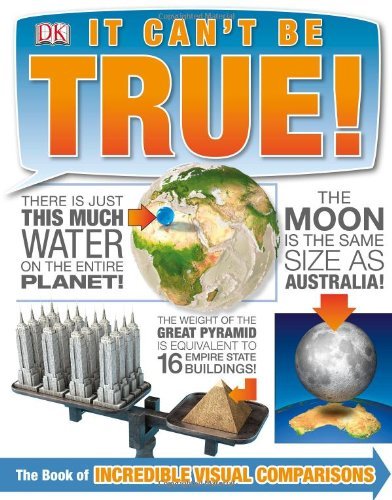


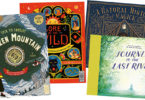
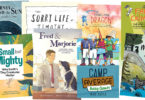
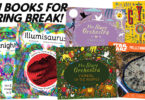

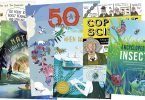
Having to read lately and having 5 kids that are always asking questions about things, these would be terrific books to have. Thanks for the info on these and your review and Happy Thanksgiving
DK books are so impressive! Not sure who is a bigger fan sometimes…the kiddos or the parents lol.
DK books hold so much information
Yeah, I remember when I was a child, I ask a lot of questions so that my father can’t tolerant what i did, and give me a book to look.
I have come to realize that DK publishes tons of awesomely informative books!